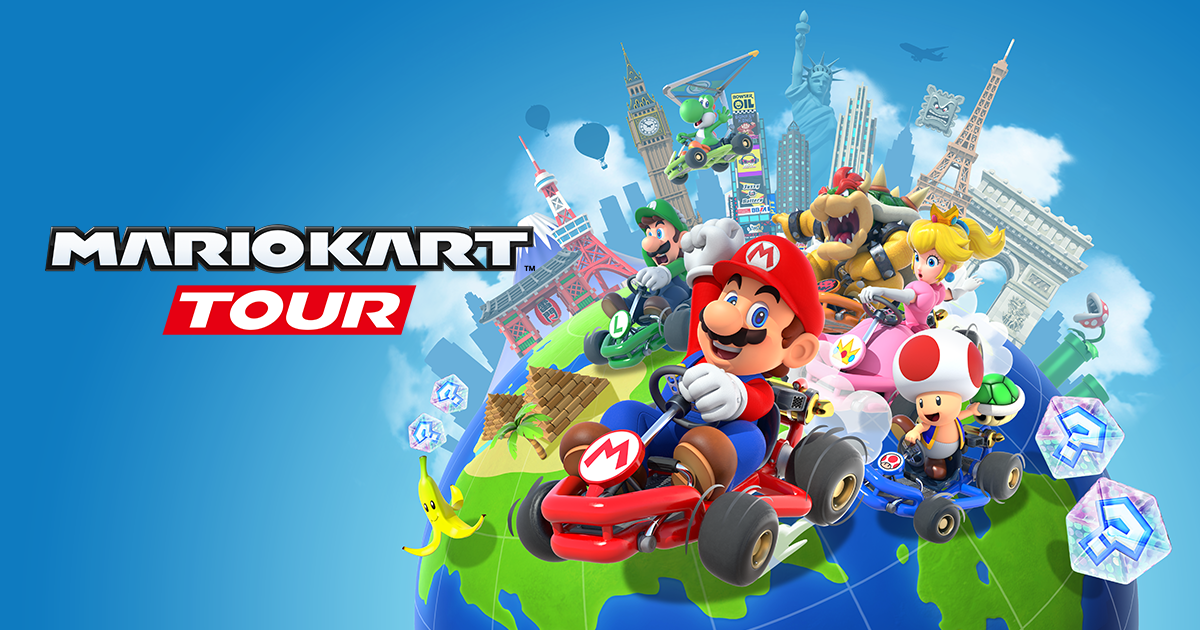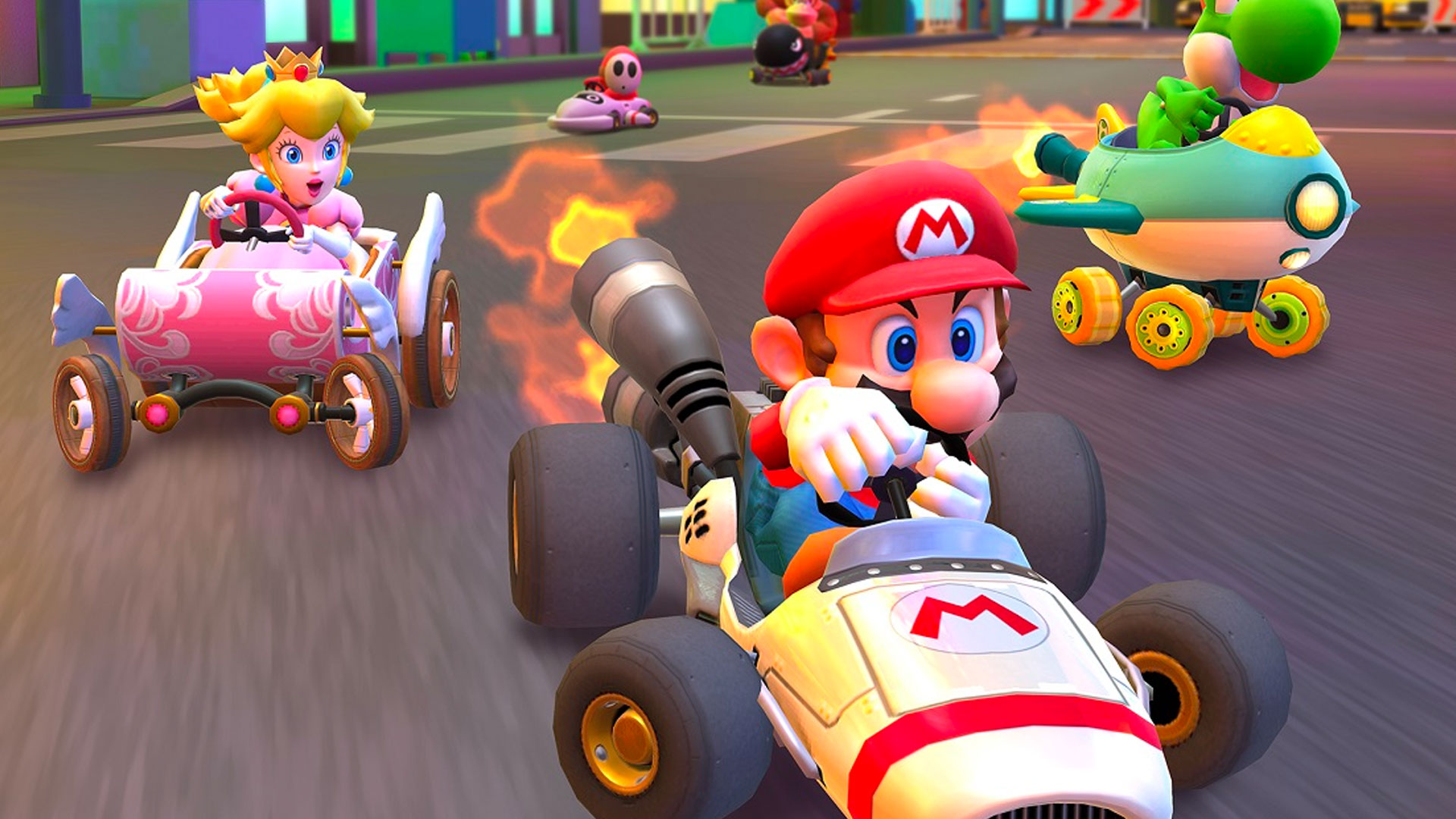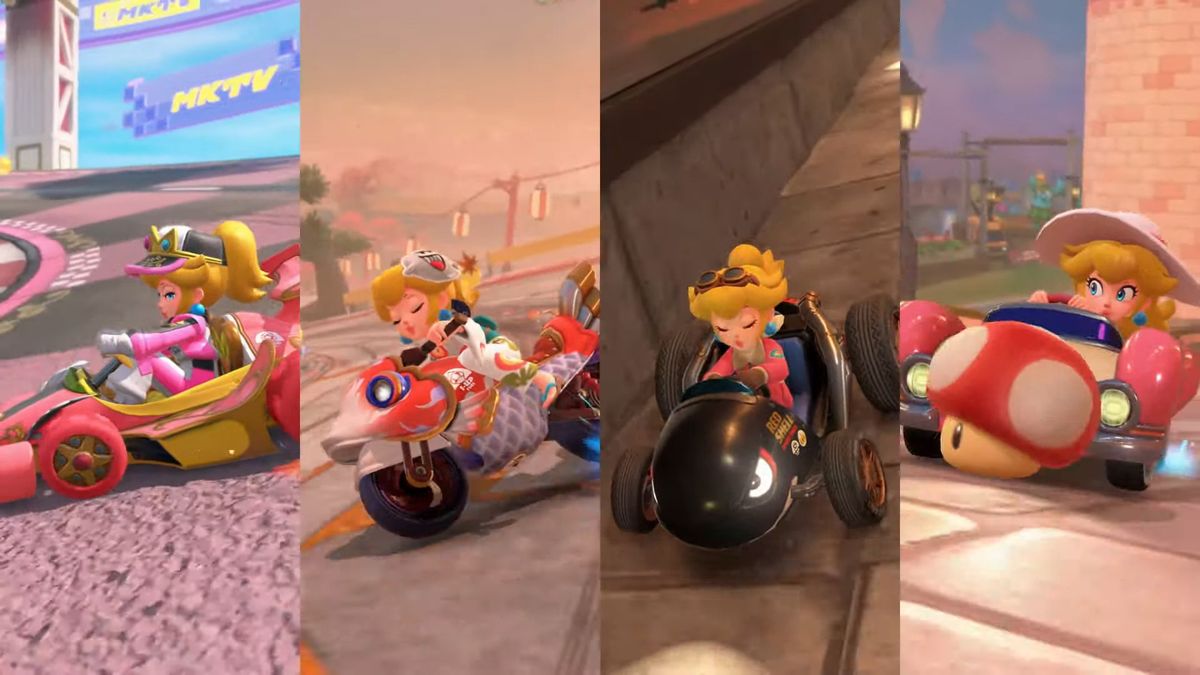If you stay informed about video game news regularly, you are probably aware that there has been some back-and-forth regarding the unveiling of the Nintendo Switch 2 over the past few days. Journalists, content creators, and individuals fortunate enough to play the upcoming Nintendo console have all reported positive impressions: it’s an immediate delight. Titles such as Mario Kart World Tour and Donkey Kong Bananza, along with mini-games to test the Joy-Con 2 in mouse mode, left everyone satisfied, including myself. However, this is just a preliminary experience, limited to a few hours, and we will have to wait until June 5 for more thorough reviews.
COMMUNICATION NOISE
In terms of communication, Nintendo finds itself in a complex situation due to the criticism surrounding console and game prices, as well as minor missteps by American executives like Doug Bowser. While some prices may seem high, it’s important to consider that life in 2025 is different from 2017, with inflation affecting costs. The Nintendo Switch, which combines home and portable gaming experiences, incorporates new technologies such as DLSS, ray tracing, and 120Hz, all of which add to its overall cost despite being miniaturized for portability. Recently, I spoke with NVIDIA, who noted that people have forgotten these advancements come at a price.
Recently, Digital Foundry experts have concluded that the Nintendo Switch 2 is approximately equivalent to the PS4 in terms of visual and technical rendering capabilities, particularly for third-party games. Therefore, users can expect a comparable experience to that of a PS4 with titles such as FF7 Remake, Elden Ring, and Hogwarts Legacy on the Switch 2! This conclusion was based on information from the Nintendo Direct presentation and YouTube videos posted by individuals who have had access to the machine.
In essence, one can estimate that the Switch 2 is roughly comparable to the PS4 in terms of compatible titles, but it offers significant advantages in storage capacity, customizable graphics features, and possibly a faster CPU. For instance, in games like Final Fantasy VII Remake, the visual presentation matches or closely resembles that of the PS4. Therefore, in summary, the Switch 2 is quite similar to the PS4, if not slightly more advantageous compared to it.
NVIDIA TO THE RESCUE
Following the Digital Foundry video, other media outlets have covered the topic, including Eurogamer, which reaches similar conclusions and provides additional details about the Nintendo Switch 2’s hardware. According to reports from English media sources, the NVIDIA T239 chip is notably different from the Tegra X1 used in the original Switch. It features eight Arm Cortex-A78C cores, a GPU based on the Ampere architecture with elements of Ada Lovelace, and 1,536 CUDA cores, offering significantly higher memory bandwidth than the initial Switch model. There are numerous technical details to consider, particularly for gamers who may find them complex, such as the System-On-Chip CPU running at 1,100.8 MHz in portable mode and 998.4 MHz in docked mode, and the GPU operating at 561 MHz in portable mode and 1,007.25 MHz in docked mode.
In essence, I will skip the highly technical details to focus on the key points discussed in NVIDIA’s presentation. The chip manufacturer highlighted that the Nintendo Switch 2 includes a custom NVIDIA processor designed specifically for Nintendo’s requirements, featuring a dedicated NVIDIA GPU equipped with RT and Tensor cores. This setup is intended to deliver impressive graphics and AI-optimized enhancements. While AI plays a crucial role across various devices on the market, it is particularly significant for a hybrid console like the Switch 2 due to its unique capabilities. According to NVIDIA, Nintendo’s new console will support up to 4K resolution in TV mode and up to 120 frames per second at 1080p in handheld mode. Additionally, the Nintendo Switch 2 includes high dynamic range (HDR) support and AI upscaling for sharper graphics and a smoother gaming experience.
Thanks to AI and the new RT cores, the Switch 2 will enable real-time ray tracing, offering realistic lighting, reflections, and shadows. The Switch 2’s key feature is its compatibility with DLSS for Deep Learning Super Sampling, which will enhance graphics by boosting resolution for sharper details without compromising image quality. Tensor cores will also support face tracking and background blurring via AI for video calls, social exchanges, and streaming. Lastly, the variable refresh rate via NVIDIA G-SYNC in portable mode ensures ultra-smooth gameplay without tearing.
VERDICT ON JUNE 5, 2025
There will be technical differences between the game in portable mode and the game in Docker for the Nintendo Switch 2. Although the specifications suggest similarities to a PS4, the modern features supported by NVIDIA will set Nintendo’s console apart, particularly given the success of the original Switch despite its outdated hardware at launch. The Nintendo Switch 2 is anticipated to be released on June 5th. In the meantime, feel free to share your thoughts.
Have any thoughts?
Share your reaction or leave a quick response — we’d love to hear what you think!



